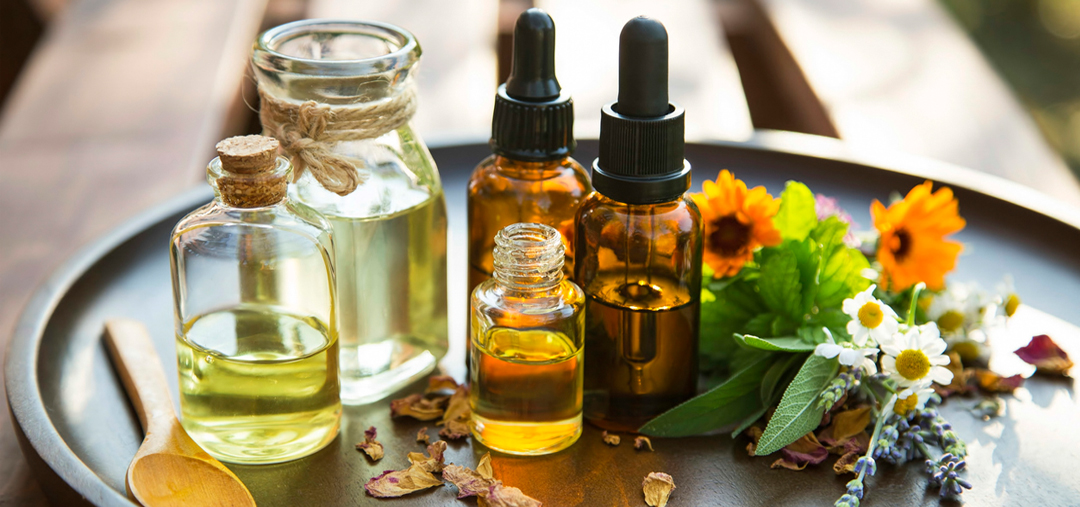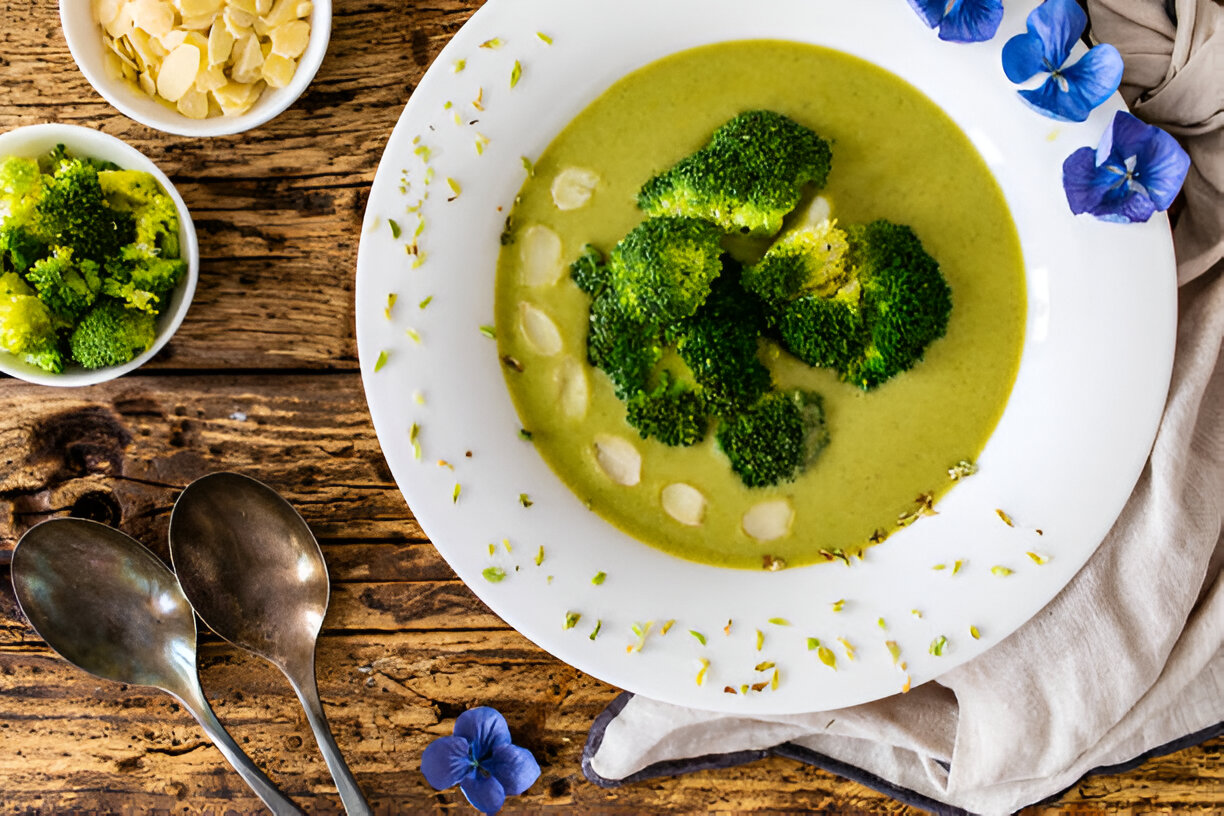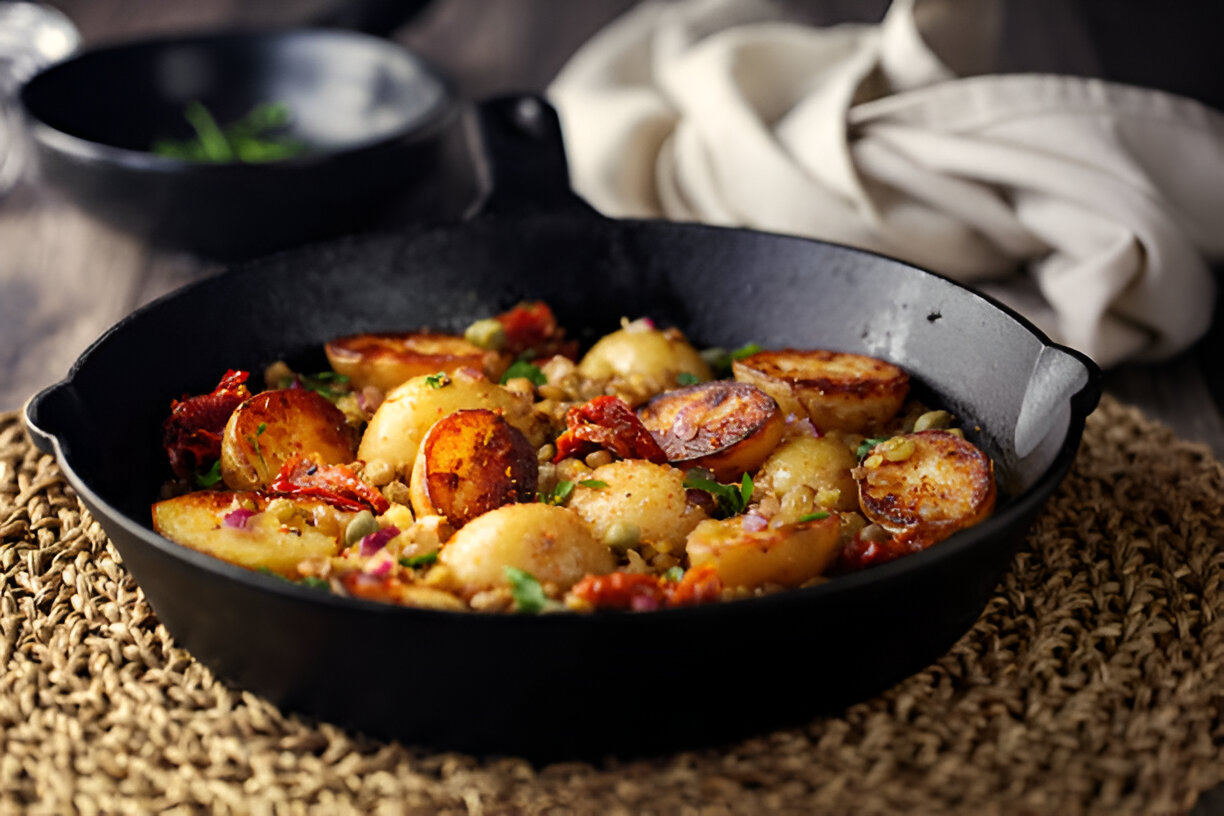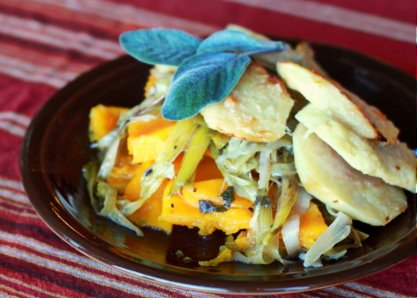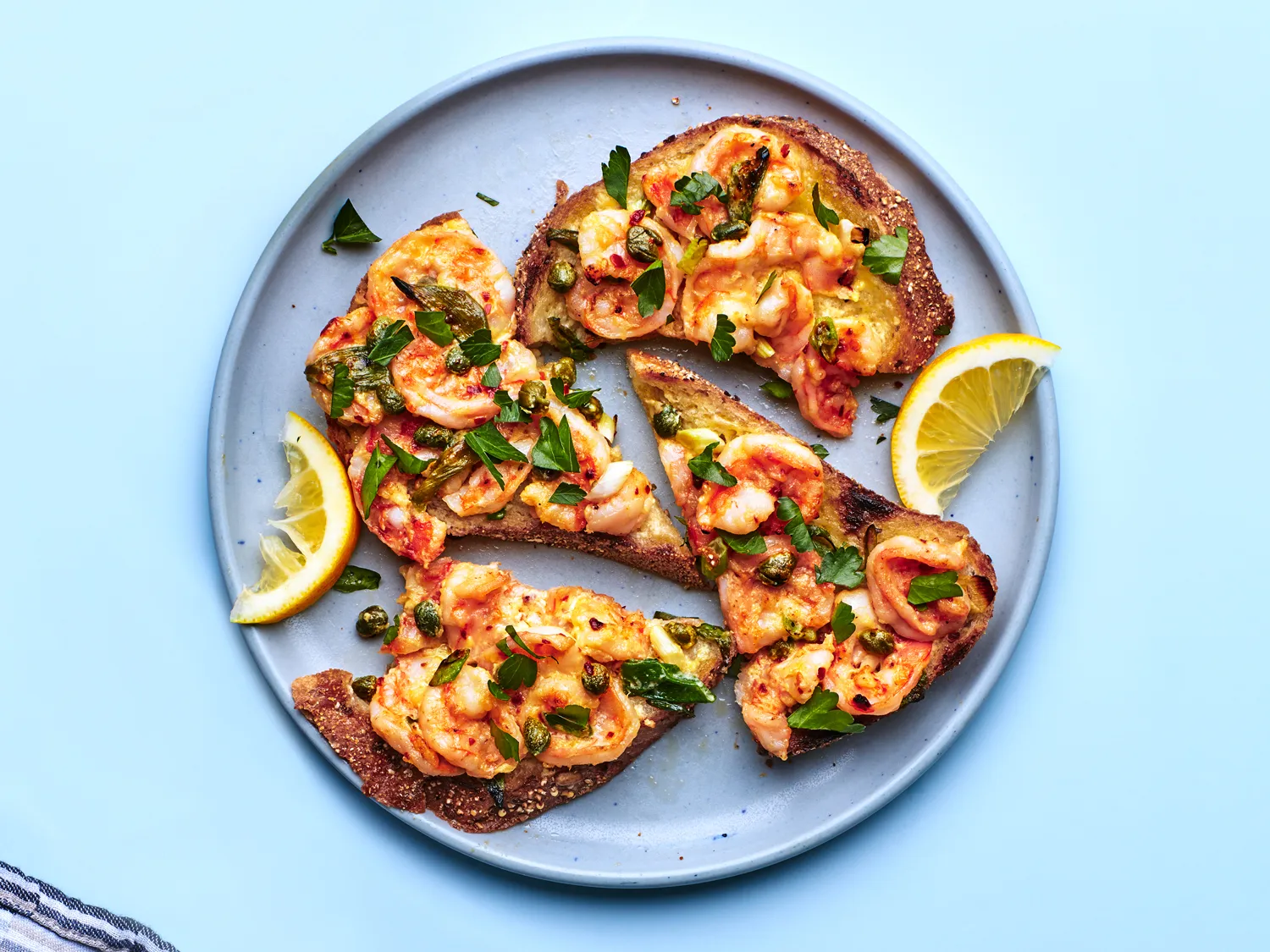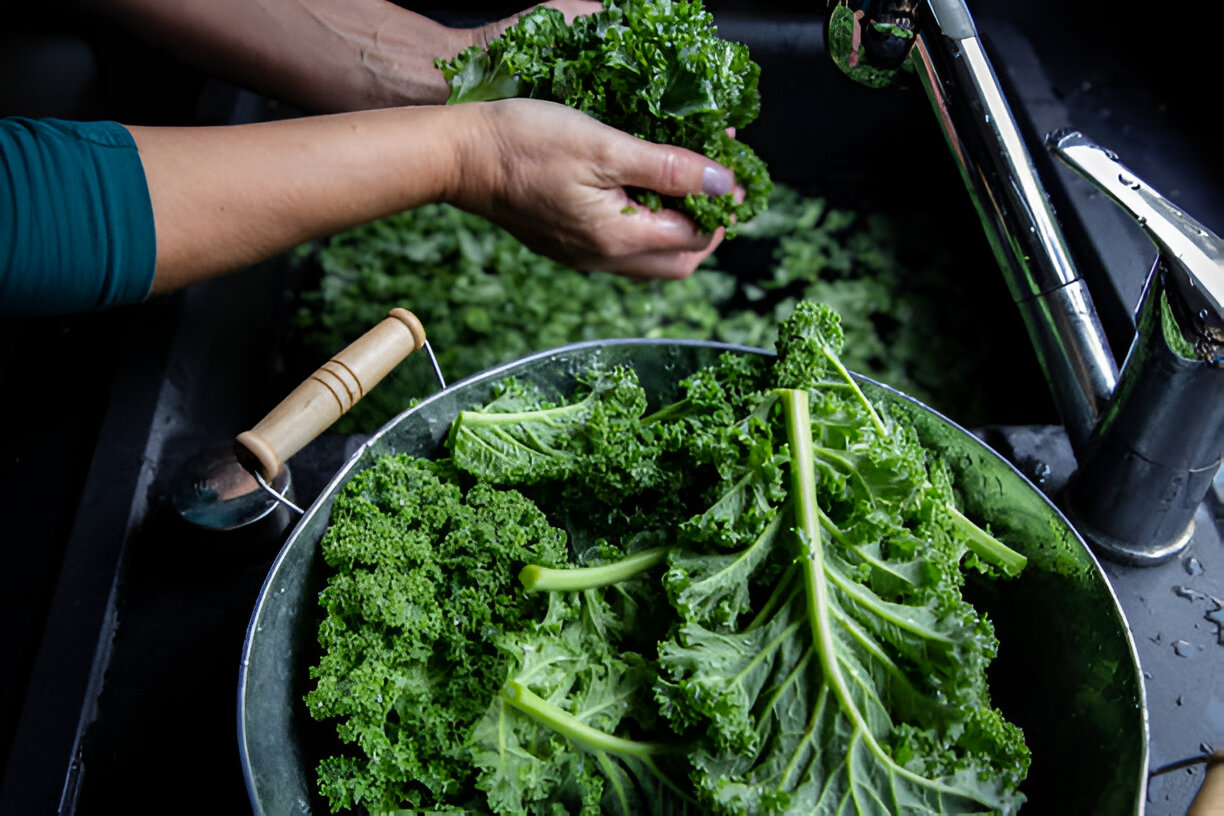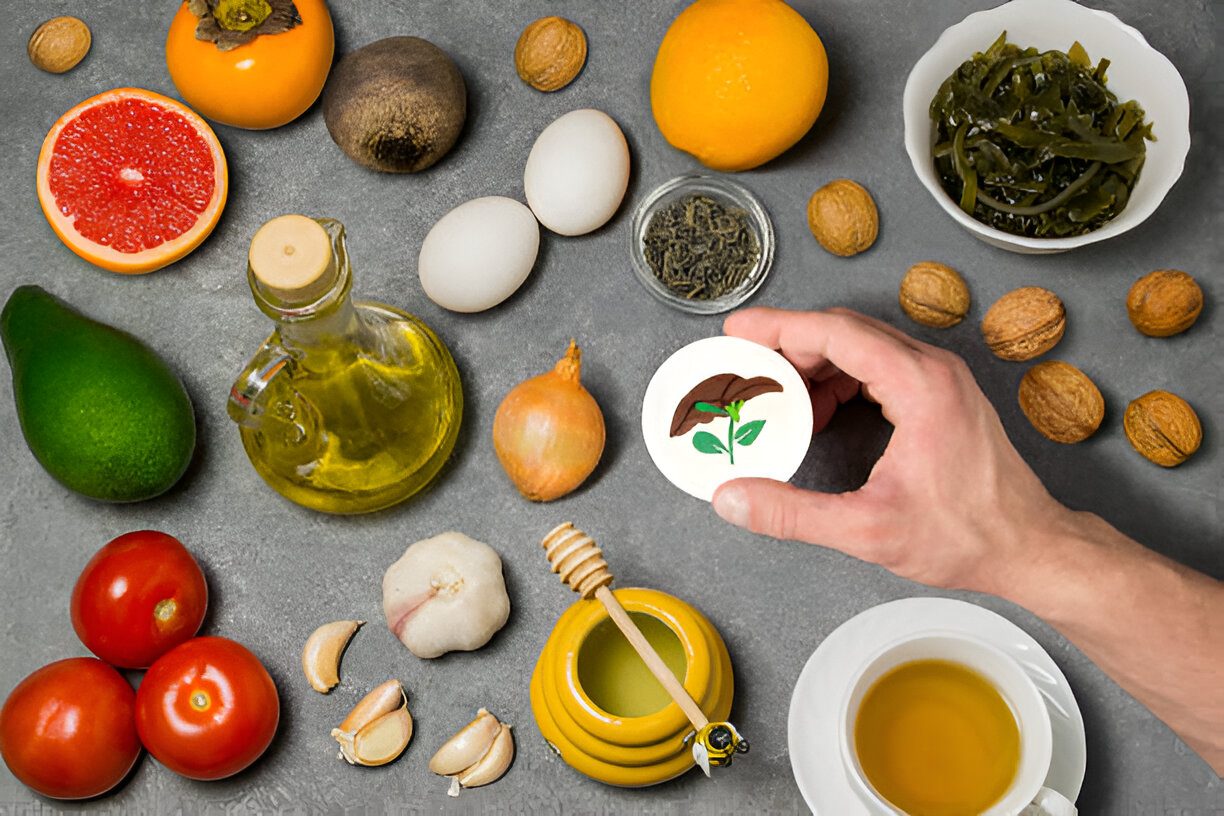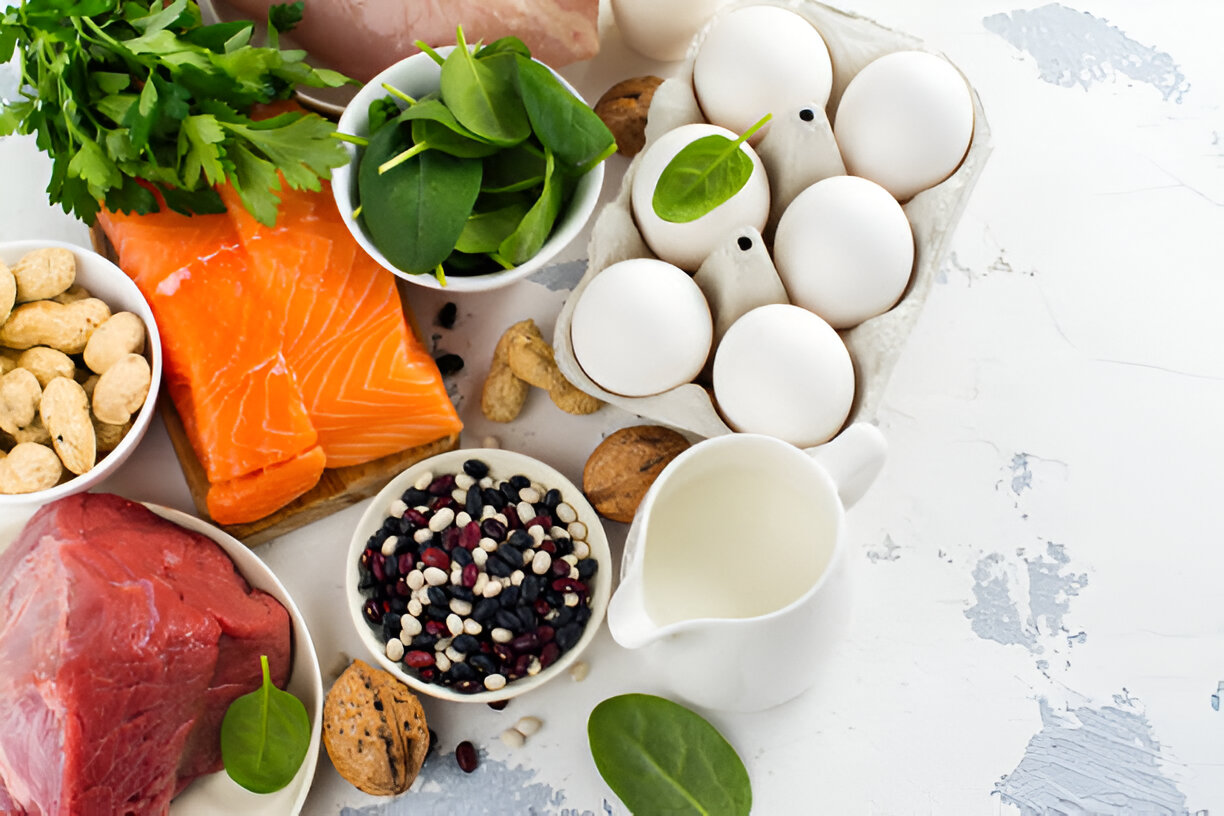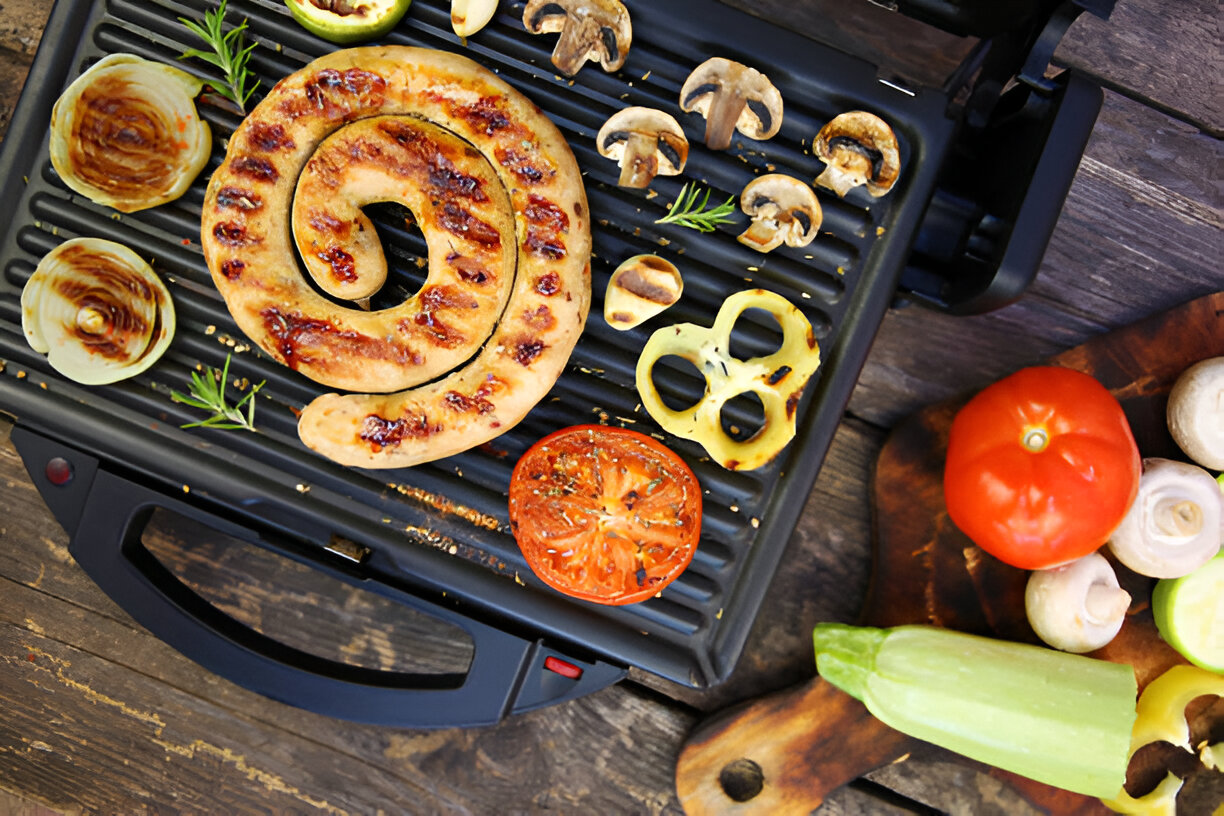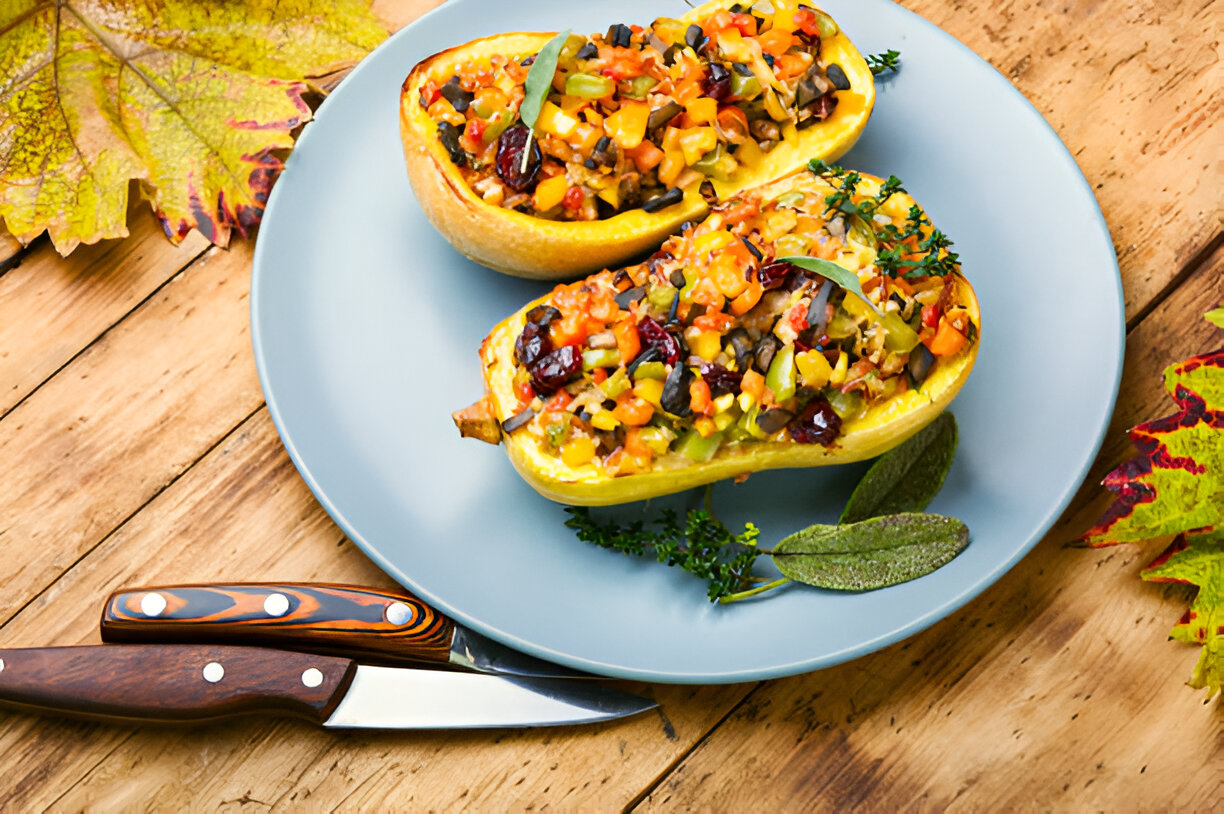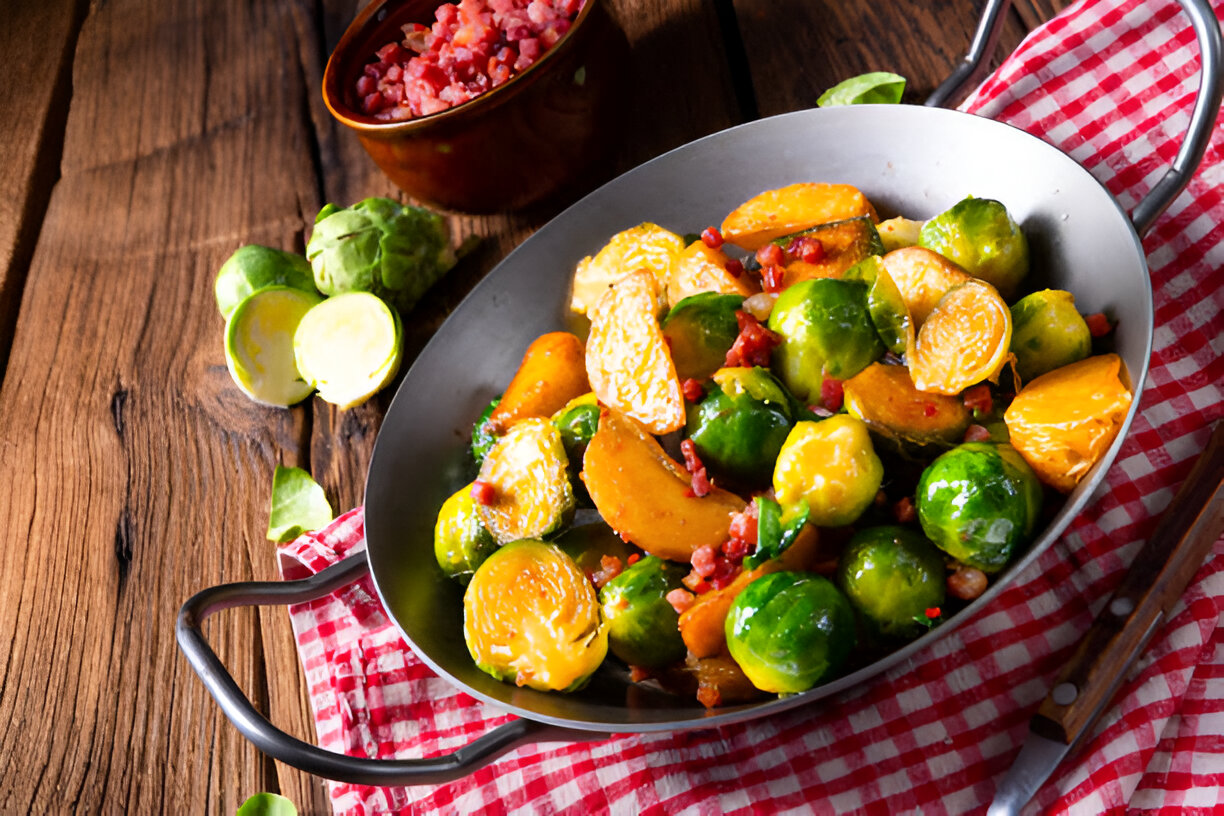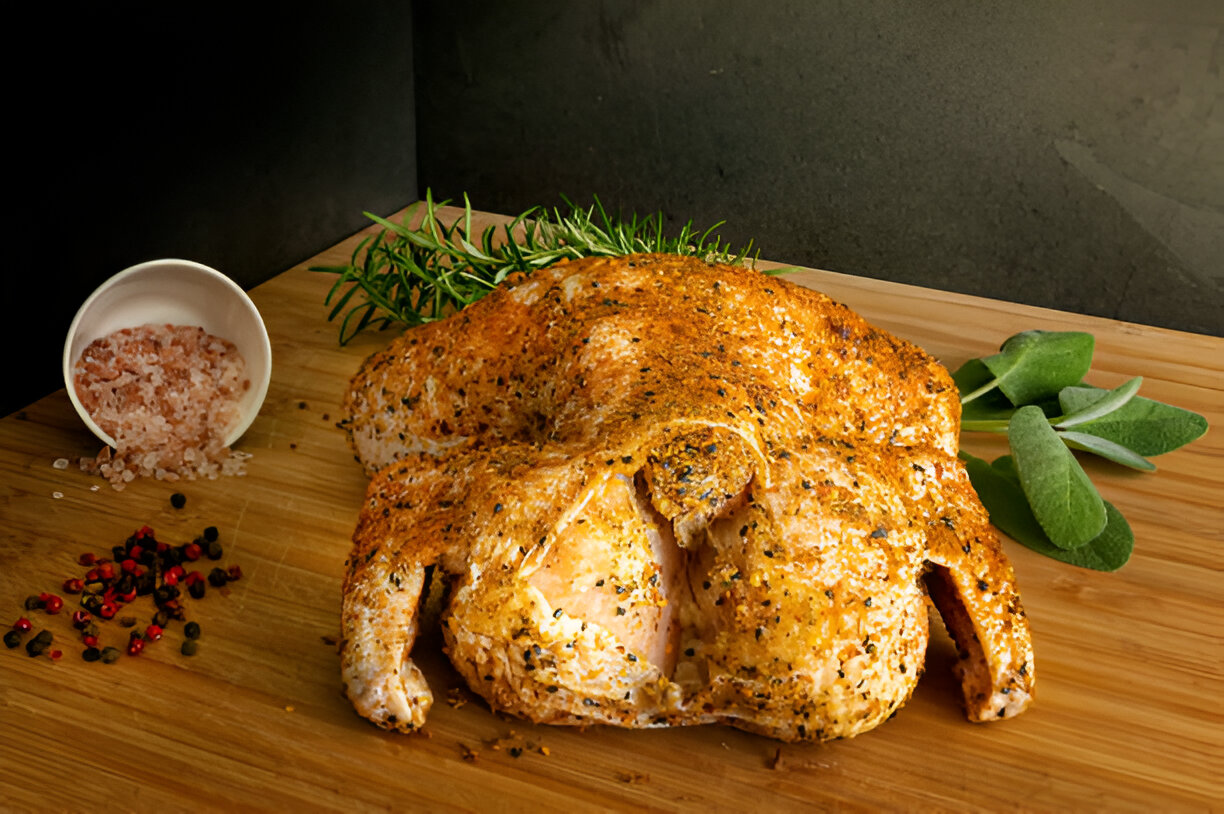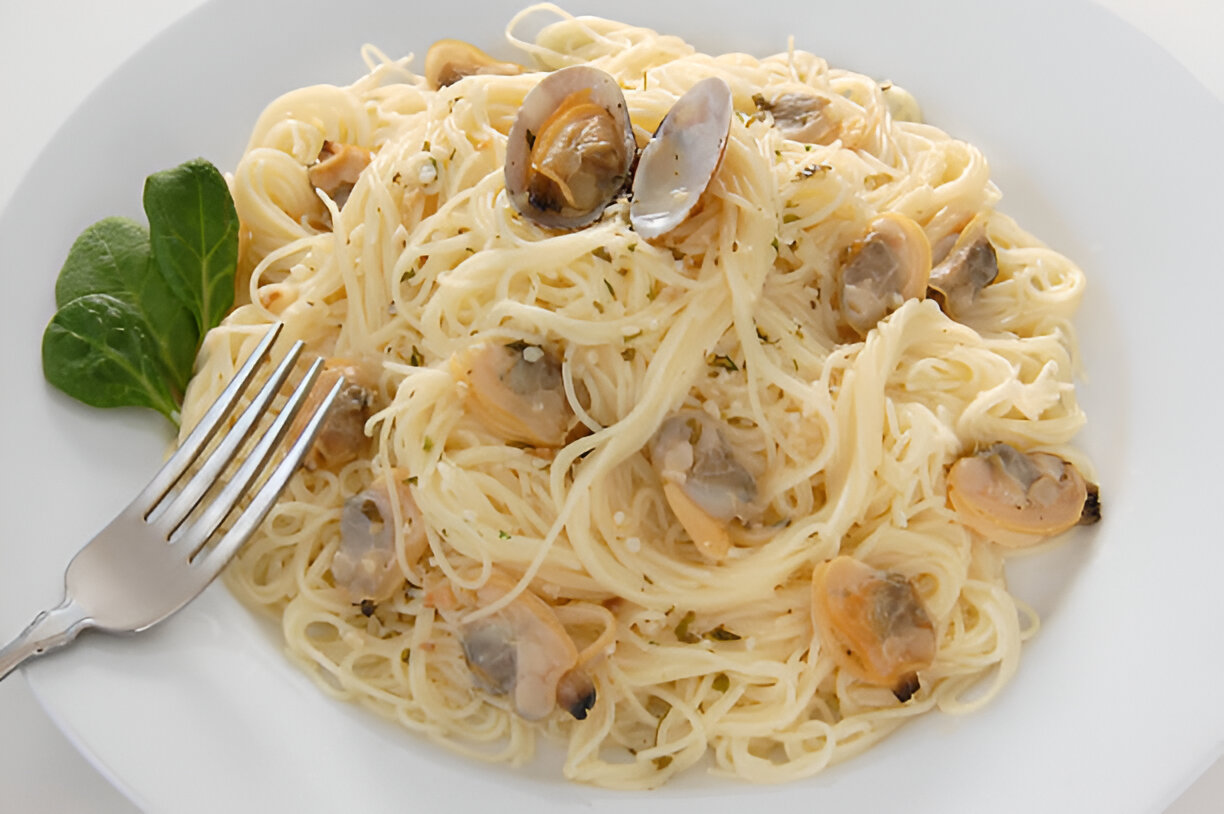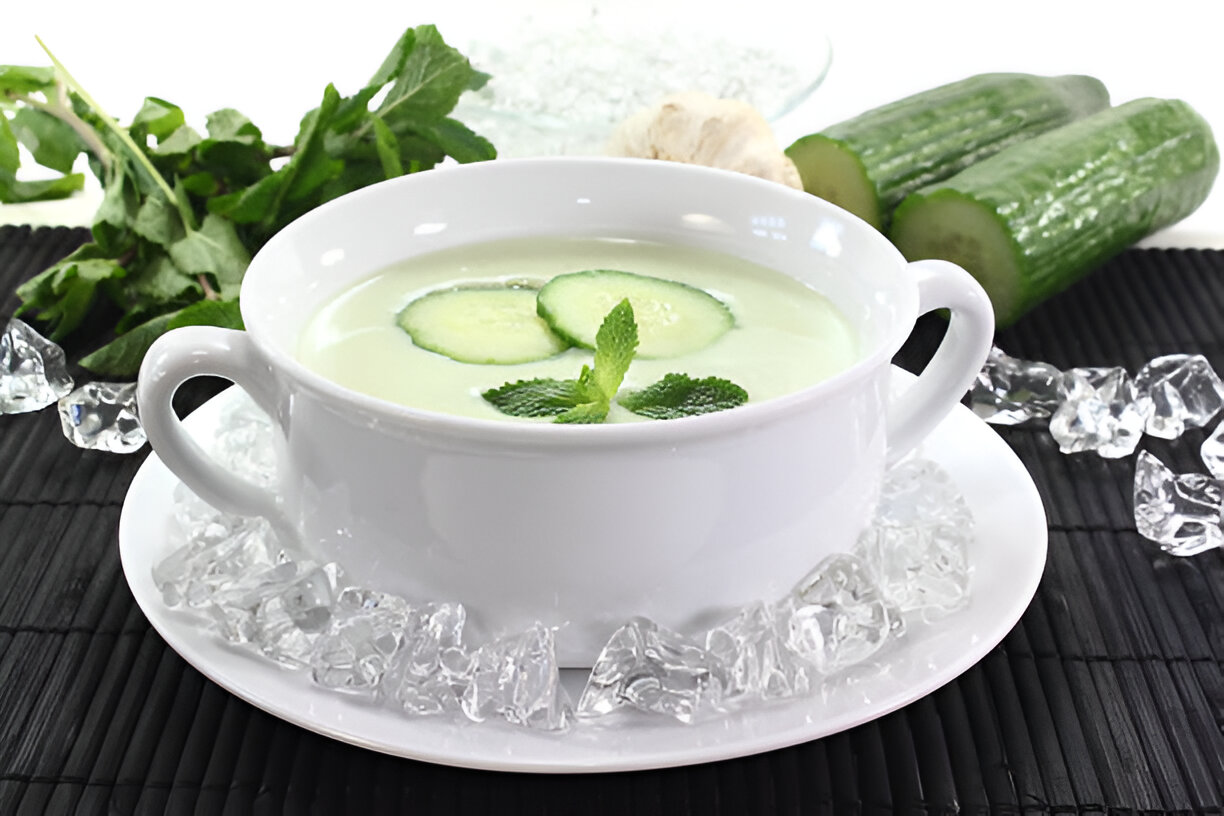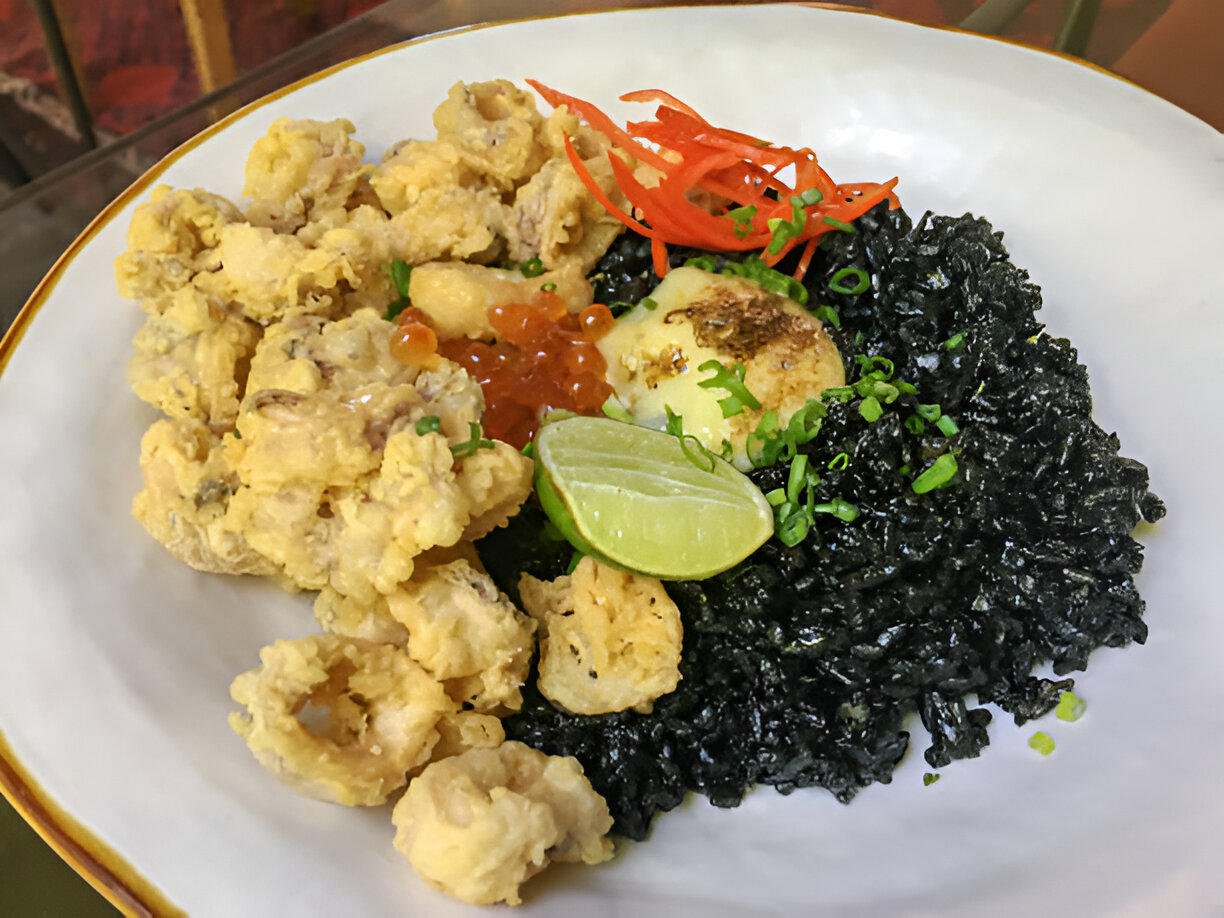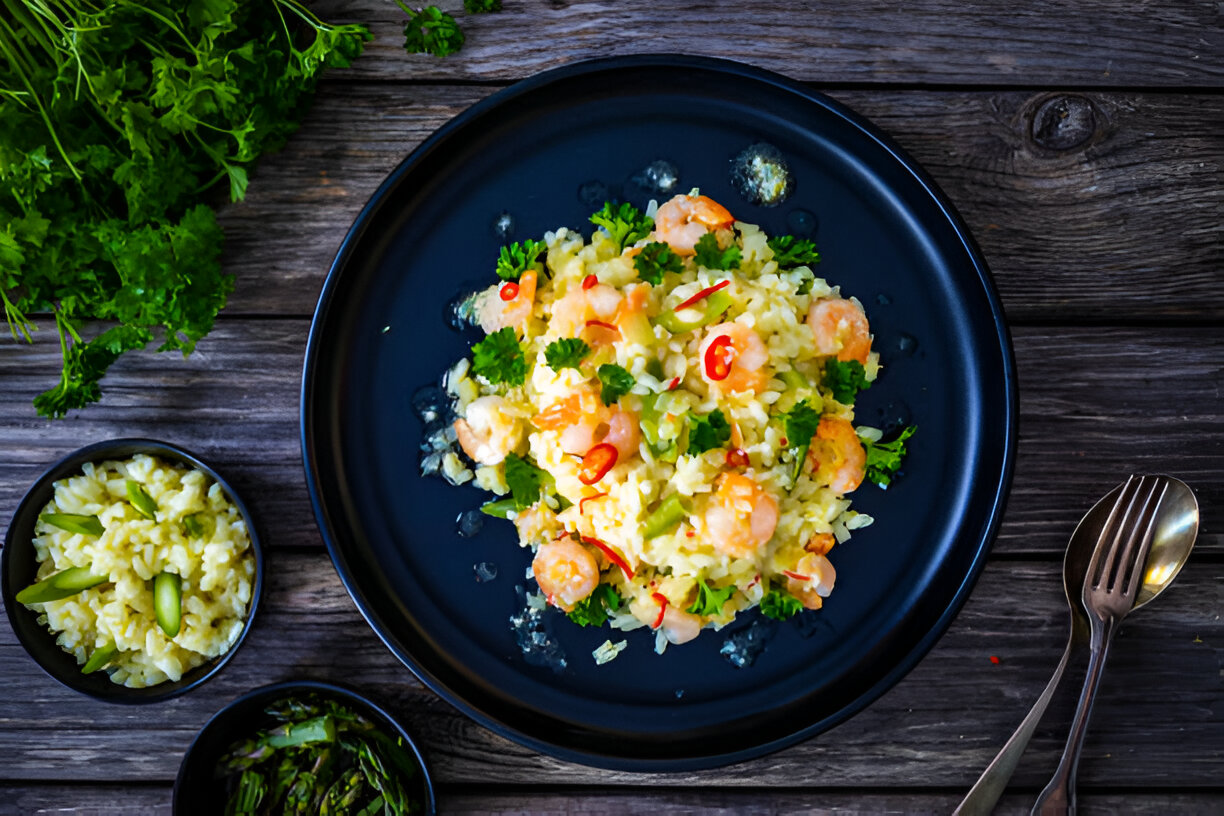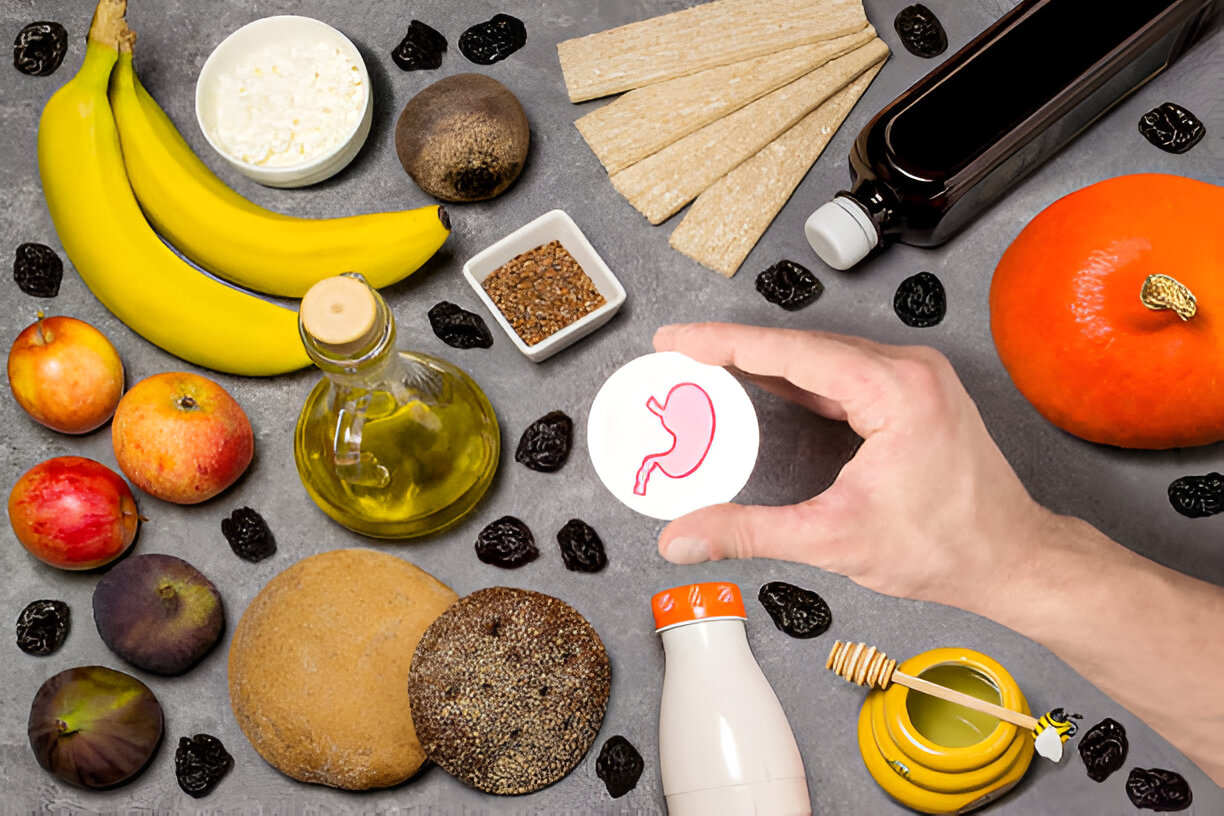

Highly regarded for its delicious flavor, salmon has a stellar nutritional reputation. It's packed with healthy fats plus plenty of vitamins and minerals -- and yet it lacks the high mercury levels that taint some of its seafood kin. We'll show you how to choose carefully to guarantee you're getting the best piece of fish.
Recipes
Roasted Salmon with Parsnips and Ginger
Health Benefits
Salmon's most celebrated offering, omega-3 fatty acids, is thought to contribute to heart health by lowering triglyceride levels and blood pressure, improving immune system function, and alleviating symptoms of arthritis. Some research even claims that these compounds may boost brain function and help stave off depression. To do this, they appear to increase gray matter volume in the parts of the brain associated with mood and behavior.
If that doesn't perk you up, consider the antioxidant boost you'll get from this fish. Wild salmon's pink hue, which comes from a diet of nutrient-rich krill, signals a boatload of carotenoids, mainly astaxanthin, which has anti-inflammatory properties. The mineral selenium, another antioxidant in salmon, protects healthy cells by fighting off free radicals; it also helps the thyroid function properly.
Salmon also boasts B vitamins, including niacin, a cholesterol lowering agent; B6, which plays a role in immune function; and B12, necessary for cell function. In addition, salmon has vitamin D, which is found naturally in few foods. D assists with calcium absorption and promotes bone health.
When fresh isn't an option, give canned a try. Canned wild salmon contains the same benefits -- plus extra calcium, because it includes tender salmon bones (the canning process makes the bones edible and digestible).
How to Buy
Wild salmon is the safest bet. It offers richer flavor and more nutrients than farmed, and typically wild Alaskan makes a better eco choice. The farming process pollutes ocean waters, often requires the use of antibiotics, and results in fish (sold as "Atlantic salmon") with lower levels of vitamin D and omega-3s than wild. Farmed salmon also don't eat wild crustaceans, so they either have paler flesh than wild salmon or get color-altering dietary supplements. (Check with your fishmonger to determine how the fish was raised or caught.)
Cooking Tip
Keep salmon preparations simple to showcase the fish's nuanced flavor. Salmon pairs well with citrus and fresh herbs. Avoid overcooking, which interferes with its taste and texture. Instead, cook just to the point at which the flesh is opaque, but still moist. When pan-searing, consider keeping the skin on for a crispy treat.
Nutrition Breakdown
Per 3 ounces wild coho salmon, cooked, dry heat
Calories:
118 kcal
Fat:
3.7 g
Protein:
19.9 g = 43 percent* of DRI**
Selenium:
32.3 mcg = 59 percent of DRI
Phosphorus:
274 mg = 39 percent of DRI
Niacin:
6.8 mg = 48 percent DRI
Vitamin B12:
4.25 mcg = 177 percent DRI
Omega-3:
0.95 g
* Percentages are for women 31 to 50 who are not pregnant
** DRI, Dietary Reference Intakes, is based on National Academy of Sciences' Dietary Reference Intakes, 1997 to 2004
First Published: September 2009







